Exam times are always a period of stress and anxiety to everyone and stress eating is not a solution, but study hacks are!
Study hacks help to make the process simpler and easier.
Here are few study hacks to crack your brain rightly for appearing the exam smartly.
Make use of these study hacks to boost your memory which in turn helps you do better in exams.
1) Walk Before an Exam
Why not take a walk before the exam?
Research shows that exercise can boost your memory and improve brainpower.
Take a walk 20 minutes prior to the exam. It helps to improve brain functioning and enhance performance.
2) Read Out Loud
Sounds crazy!!! Still, give it a go!!
Studies show that reading aloud will help you grasp and remember points much easier than reading silently. By doing so more than 50% of what you have read can be retained in our minds.
Readout loud and get surprised.
3) Reward Yourself
Make it a habit to appreciate and treat you.
You can impart reward techniques. Reward yourself after completing a specific topic. This can stimulate and encourage yourself.
4) Teach what you have Learned
It is an effective technique to test your memory.
You can examine how much you grasped from the learning process. Teach your friends or some stuffed toys, or even talk to the mirror about what you have learned.
5) Generate Mental Connections
Try making connections between things you have learned.
It is an efficient way to remember information. It boosts resourcefulness and intelligence.
For this, mind mapping is an easy way to relate and connect ideas.
6) Draw Diagrams
One of the easiest ways to remember things is by drawing diagrams. It helps to visualize information which can be easily recalled in an exam. It also improves your creative skills.
Practice drawing and labeling diagrams, sometimes it can be asked for the exam.
7) Usage of Easy Fonts
You find it difficult to read certain fonts?
Make use of easy fonts that are friendly to read. Fonts like Times New Roman can be easily read. Make use of it for your notes.
Also Read: 25 Best Schools in Chicago
8) Self-Control Apps
Distraction during study times comes in many ways. Block unwanted sites by using self-control apps. It helps to block certain sites for a specific period of time.
9) Apps to Study on the Go
There are many apps that help you learn. Apps like Flashcards+ and Study Blue helps to integrate all memorizing tricks for learning. Make sure that you use all available resources.
10) Watch a Documentary on the Topic
Documentaries are an easy way to compress a whole set of knowledge into a short time frame. It helps to visualize topics and to remember even minute details. Apart from this, it’s a form of entertainment also.
11) Generate Flash Cards
Flashcards help to strike your memory quickly. It helps to visualize major concepts, formulas, solutions, definitions, quotes, etc.
12) Seize Regular breaks
Always remember to take a brief interval after studying for 45-50 minutes. This practice is helpful for your brain to boost and soak up more information. Studying after break keeps you more focused and concentrated.
Remember not to extend the time period to one hour or more, like anything new after 1 hour 30 minutes does not get absorbed by our brain.
13) Apt Music to Listen
Certain type of music soothes your mind and elevates your mood. Try listening to music as it helps in higher productive learning. Hearing classical music may work.
14) Portable Study Space
We always tend to sit and study in our favorite place. Try to change the place. Changing places help to improve information retention. Change place of study frequently and see the difference.
15) Practice, Practice, and Practice
As practice makes a man perfect, try to attempt mock tests as many as you can. The practice test can help your brain retrieve knowledge. Test your intelligence level and evaluate yourself.
16) Avoid Staying Awake in the Night Before the Exams
Don’t stay up too long in the night before the exam. Make sure you are getting enough sleep.
During your sleep, brain assimilates whatever you have learned. Thus sound sleep will help you remember all answers and difficult formulas you need for the exam.
17) Discover New Ways To Learn
Implement new study methods to help yourself. Make use of technology to the fullest. For example, watch educational TED talks or download useful dictionaries.
18) Group Study
Group study is an effective way to learn and recollect what you’ve learned. It helps to collect new insights and enhance the learning experience. You get to share your ideas and resources. Discussions within-group help in retaining information.
Also Read: 101 Easy and Interesting Debate Topics For Kids
19) Meditate
Meditation helps to improve concentration and to stay focused. It also helps to reduce pre-exam stress. Make it a habit to meditate and become stress-free.
20) Apply Scents or Gums to Exercise your Memory
Sounds strange, right?
The method is a quite random one but practically effective. Try spraying a scent with unusual fragrance during studying and spray the same one before the exam. Doing so will help to jog your memory.
21) Use Highlighter
Make use of different color highlighter pens to mark important sentences in your book. It helps you notice vital points in a glance and helps to save time.
22) Do not Multitask
Avoid multitasking during studying and stay focused on what you are learning. The brain shrinks fast while multitasking as it cannot focus on two or more information at the same time.
23) Study in a Quiet Place
Always keep in mind to make use of a quiet environment to study. Avoid studying in a noisy ambiance and crowded place. Switch off all gadgets to avoid distractions.
24) Record Lectures
Try recording lectures and hear the same repeatedly as if hearing a song and memorizing lyrics. The same method can be applied here. This helps to retrieve information during the exam.
Conclusion
These are some of the study hacks to crack your memory. Make use of these tricks and perform well in the exams. Apart from all these, try to stay positive and healthy always. Not all tips and study hacks may help you, as each one’s brain functions differently. Try the one which suits your brain well and achieve a grand success.
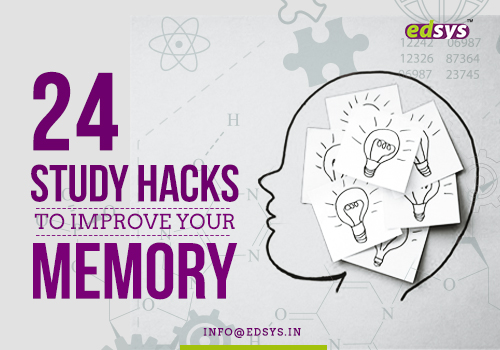
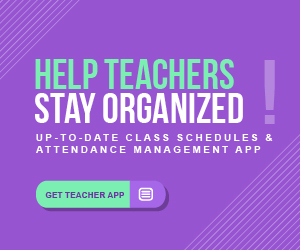



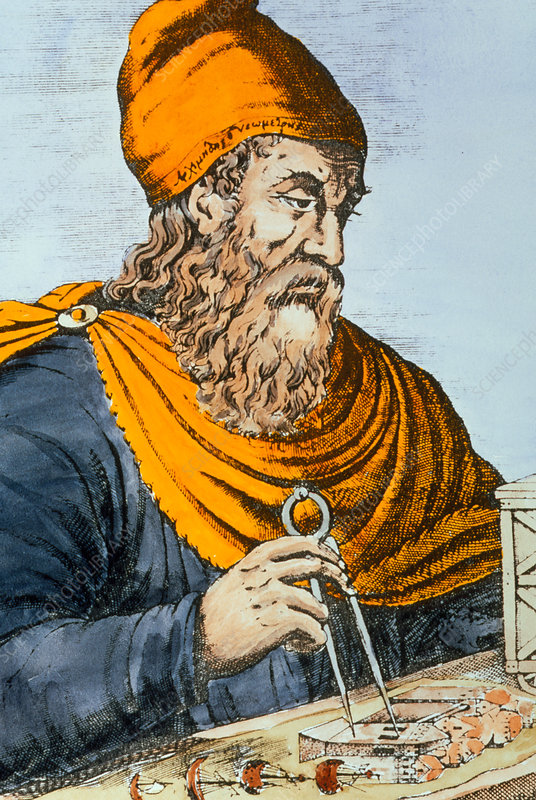


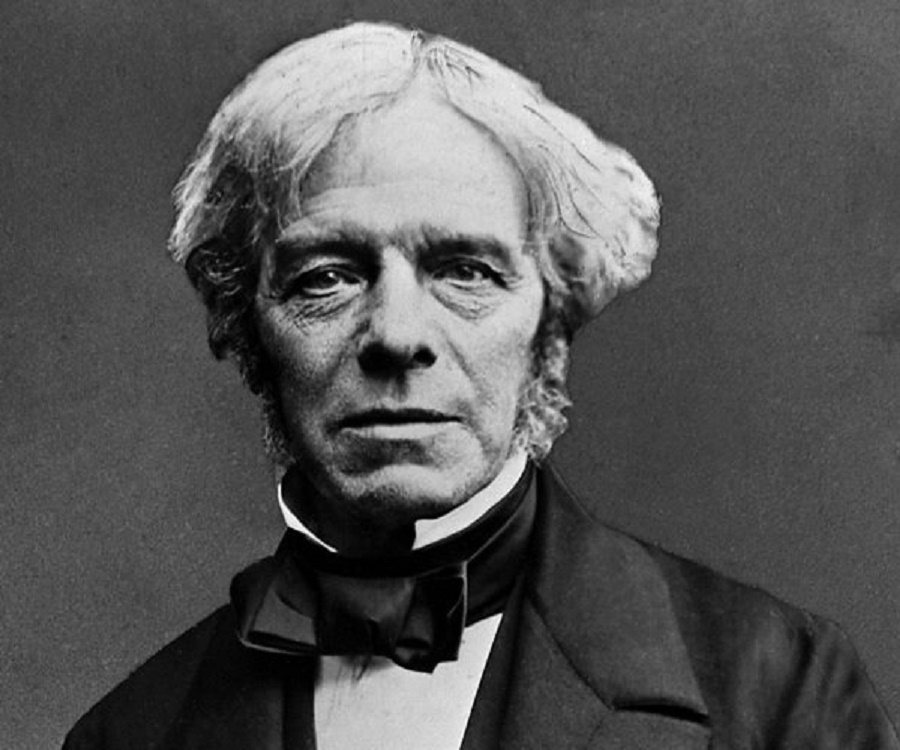
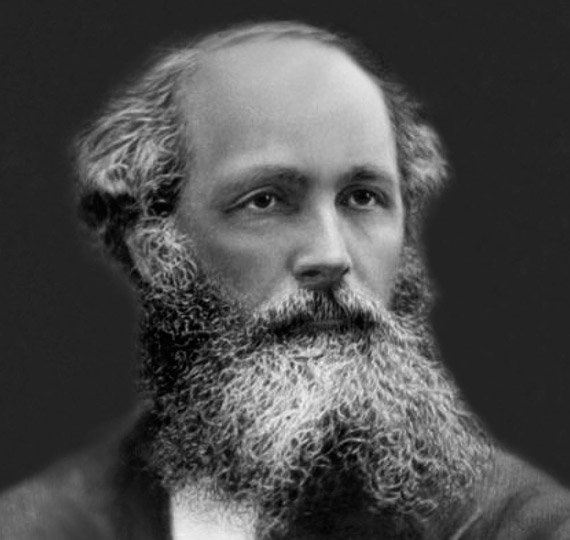

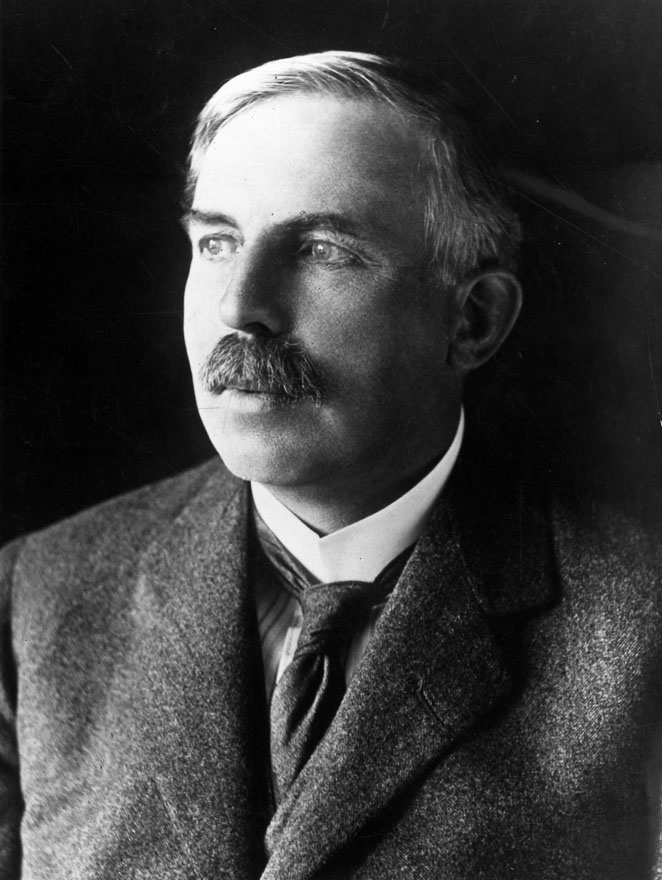
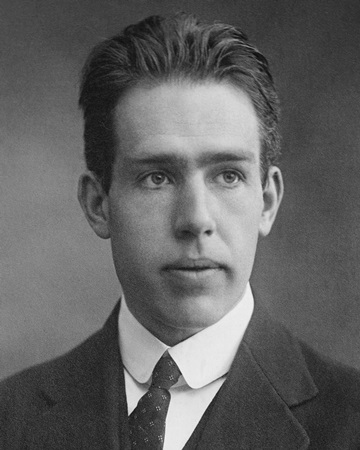
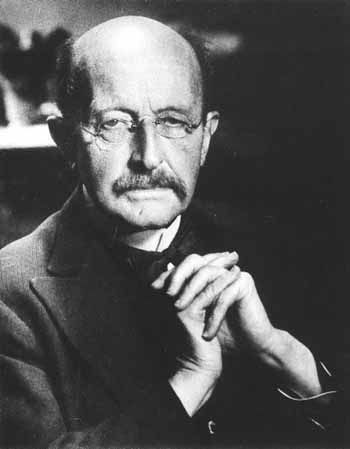

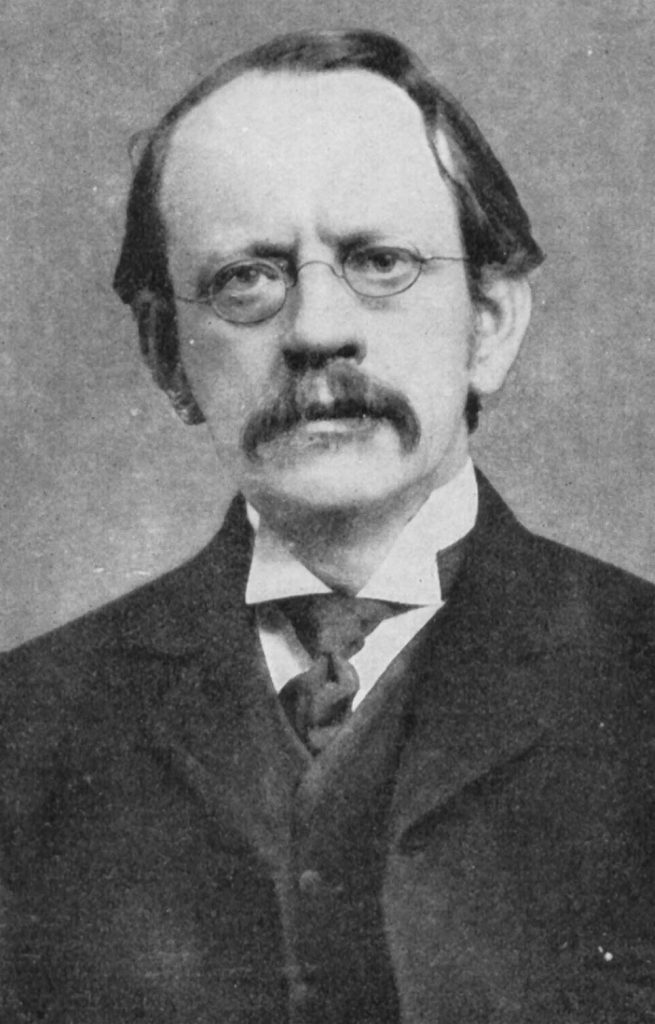
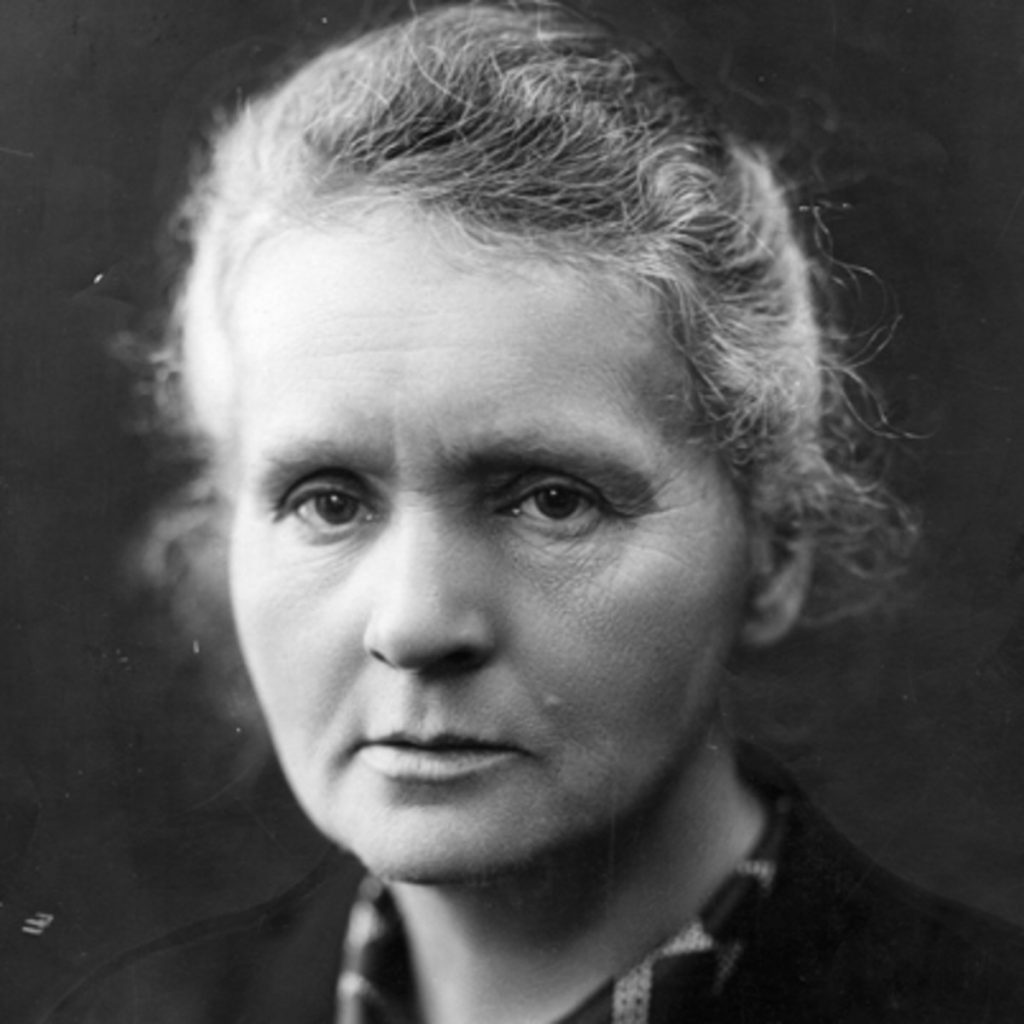


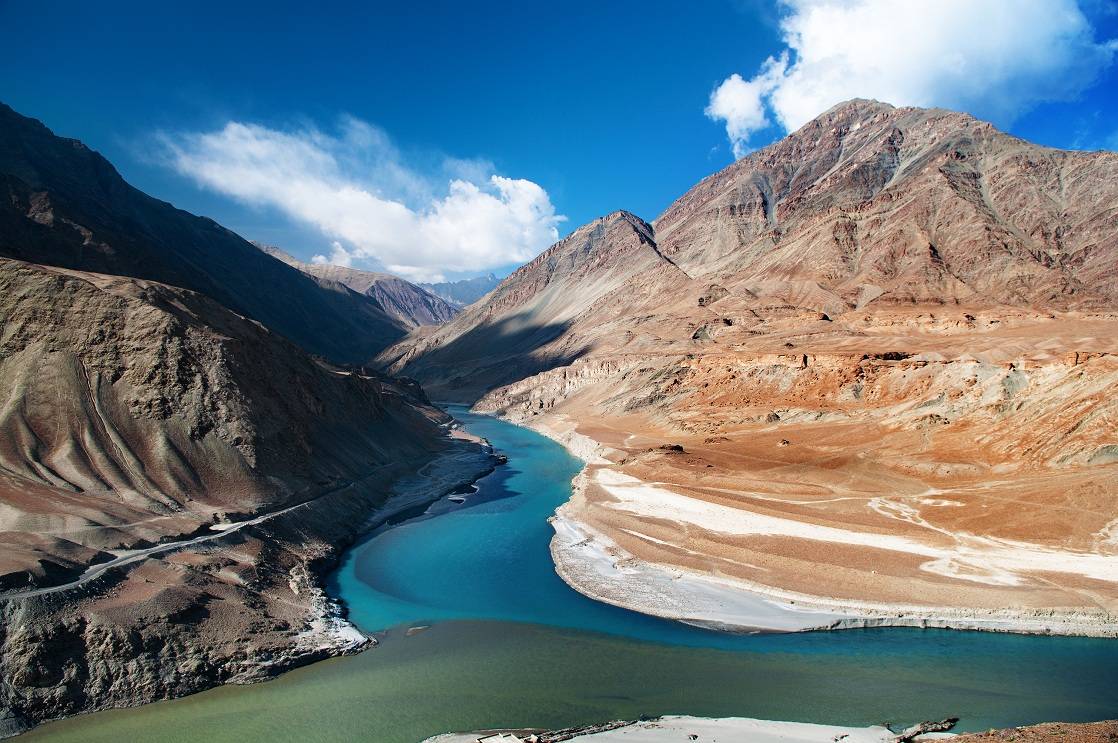

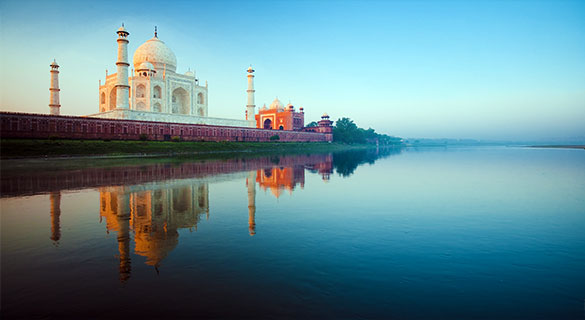
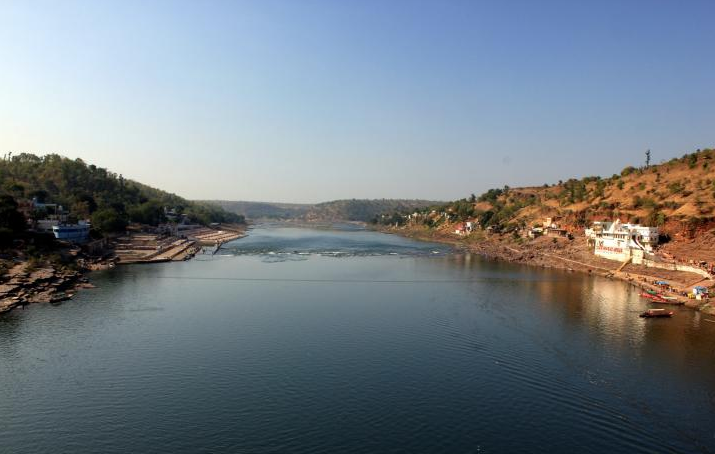

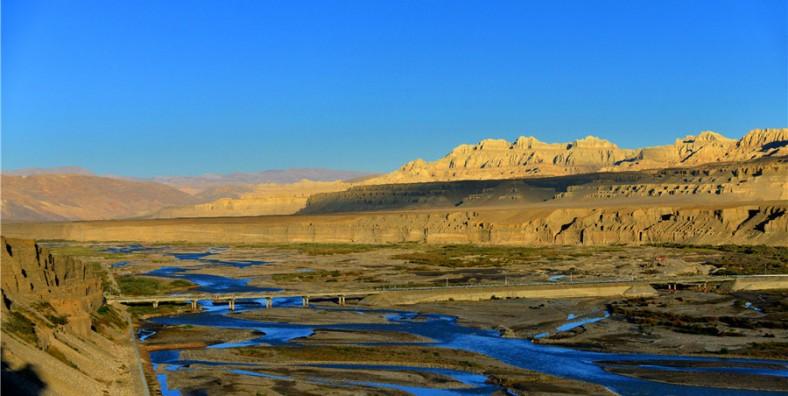
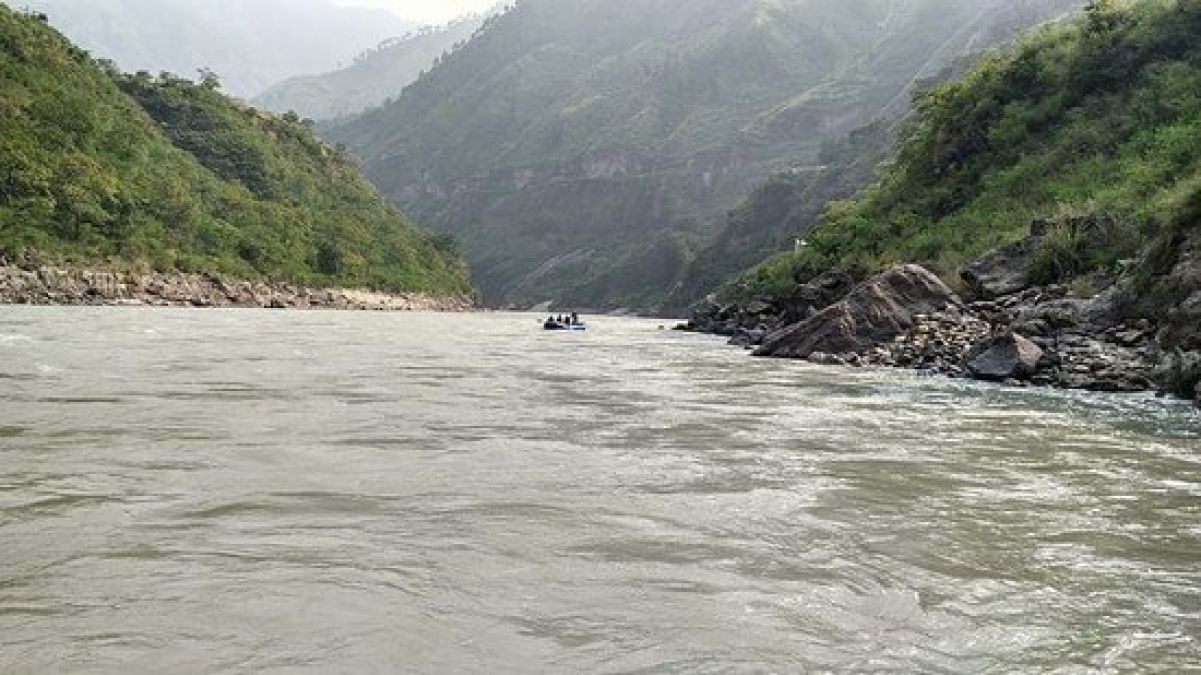



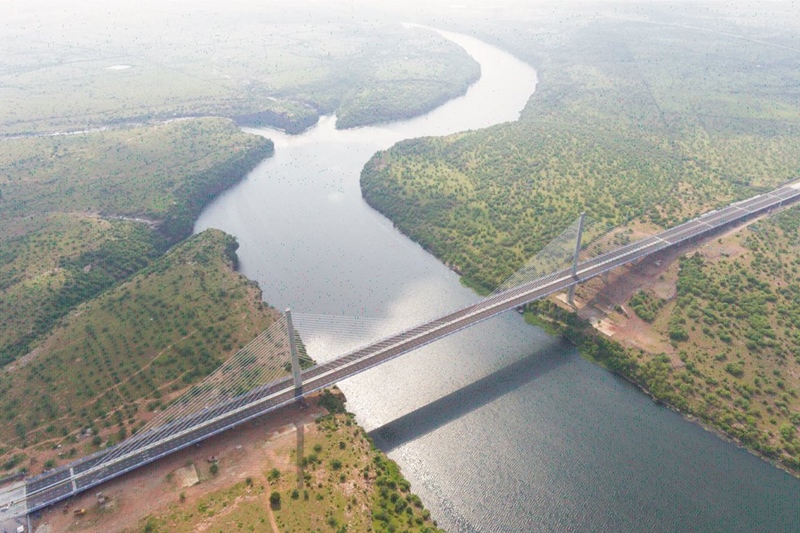
![101 Easy and Interesting Debate Topics for Kids [List]](https://wp.edsys.in/wp-content/uploads/2019/09/26-08-2019-101-Easy-And-Interesting-Debate-Topics-For-Kids.jpg)






